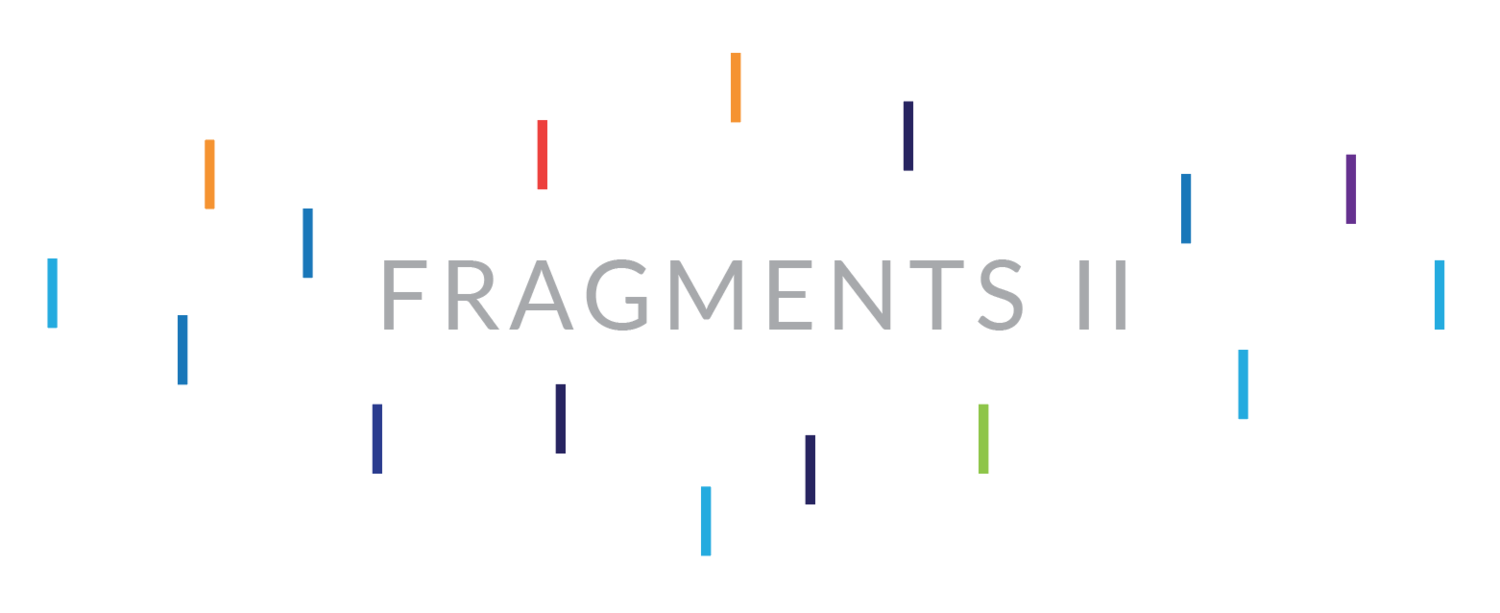Writing the Future of School in 2022
As we look back on 2 years of massive disruption to our lives and schools, many of us will reflect on the way in which we have become caught up in the relentless flow of the Important-Urgent. Whether we are managing unpredictable fluctuations in enrolment, drafting and re-drafting Covid-related emails to reflect today’s reality, or looking after the wellbeing of ourselves and our colleagues, the past 723 days have not offered much time, or better, energy to think about the future.
This social myopia is something that I’ve written about before:
…the daily distraction of the global pandemic has indeed drawn our eyes downwards. Our focus has shifted, slowly but inevitably, towards an endless stream of notifications, day-to-day crisis response, and a plethora of immediate needs and wants.
In his recent book, Falling in Love With the Future, Miquel Lladó recognizes this issue and presents a framework of connected ideas designed to lift our attention back towards a future horizon. In his own words, he encourages us to:
…anticipate the future to see it coming. Create that future… We must write that future, and not just read it… Looking at it from the present moment places you in a limited position that can be specified in what you have, what you are and how far you can go. However, if you observe that future from a further position, which is what possibilities thought can provide, you open up a universe of possibilities not conditioned by your present. This mindset shapes our future.
At the heart of this commitment to proactively writing the future, Lladó references the work of Alfred D. Chandler Jr. (1918-2007) and his notion of the Visible Hand. “This is the hand we all have,” he says, “to make decisions that mark the future of the organisations we lead and our own future.”
So, as we look to 2022, I find myself asking, what are the decisions we need to make that will shape and, literally, create the future of our schools? Or, to put it another way, what are the decisions that we haven’t yet had the time or courage to take?
More decisions! I hear you say. As if the pandemic has not brought enough impossible choices and tough calls.
Decision fatigue, if you didn’t know already, is actually a thing and refers to the deteriorating quality of decision-making that individuals experience after a sustained and intense period of decision making.
So, as another year draws to a close, you’d be right to be asking how we actually write the future of our schools if we are too tired to make the decisions that are a necessary part of the process?
A clue to this important question might be found if we think for a moment about what Steve Jobs, Barak Obama, and Mark Zuckerberg have in common.
At a certain point in their careers, each one of these leaders was said to have intentionally reduced the size of their wardrobe, precisely so that they could limit the number of choices they needed to make each day - and therefore increase their capacity to make the right call when it came to the “big stuff”: writing the future.
Now I am not saying that it’s time to start dressing differently. But perhaps we should take this moment of the year to ask ourselves What are the big questions I really need to be focusing on right now? And Where can we reduce the choices that we need to make each day?
Answer these questions and we might just find that we finally get to the Important-Non-Urgent stuff that will finally get us to where we need to go.




